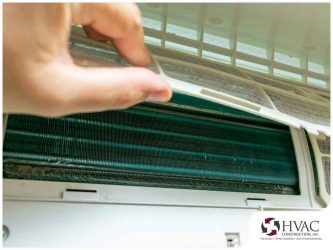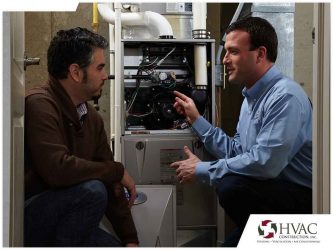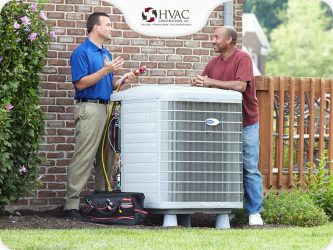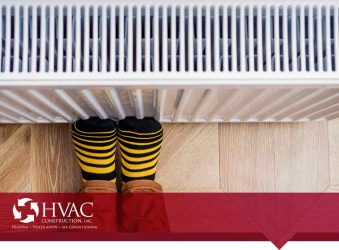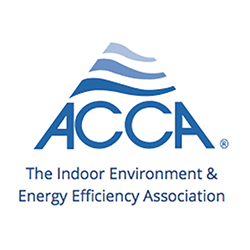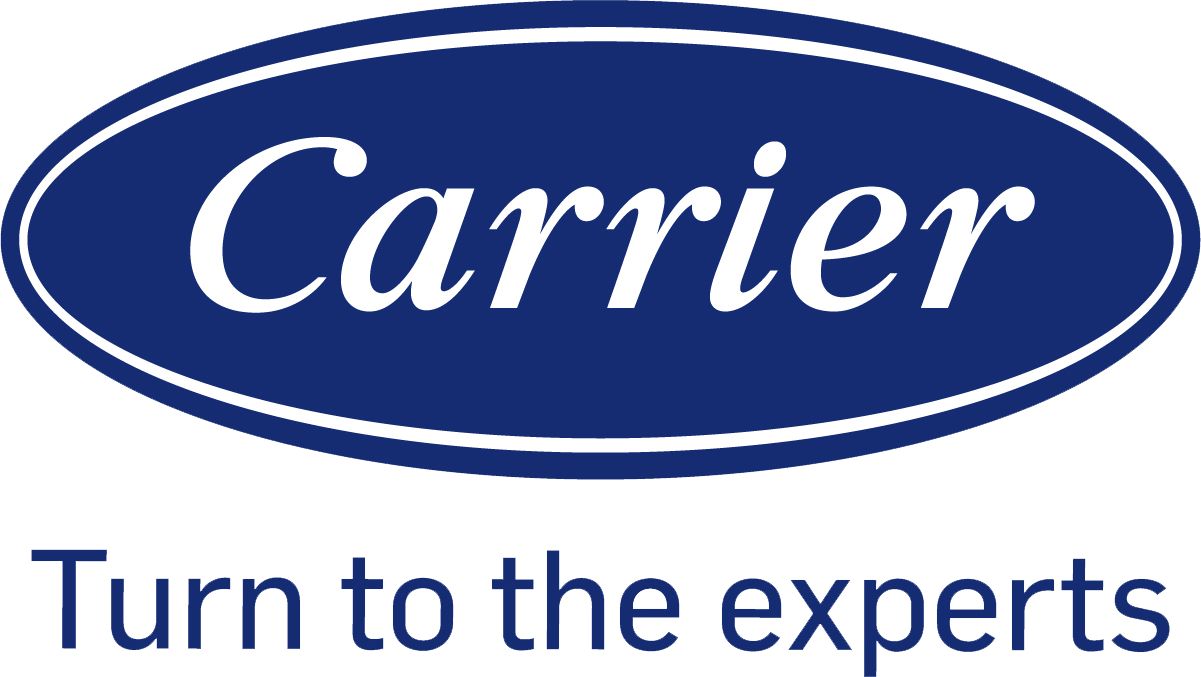In the course of a day, your air conditioning and heating system circulates a lot of air throughout your home. The outdoor unit draws in air from the outside, which is then cooled (or heated, depending on the season) and distributed to different rooms throughout the house via vents and registers. For the most part, any dust from the outside gets caught by the filters that line your HVAC system, maintaining your indoor air quality. Sometimes, however, dust can still find its way indoors.
Why You Should Schedule Your Furnace Replacement in the Summer
The modern furnace boasts features that older models could only dream of— higher efficiency ratings, quieter operation and a dozen other bells and whistles that translates to benefits for you, the homeowner. If you’re thinking about upgrading from your clunky old heater to a shiny new unit, consider the benefits of scheduling your replacement during the summer season.
How Your Carrier® HVAC Can Save You Money
You’ve done your homework and consulted with your HVAC contractor for a new heating and air conditioning installation. The only thing left to do is set up the dates and you’re good to go, right? Wrong. There’s still the matter of a budget. New installations can cost you an arm and a leg, and expenses for repairs and upgrades can be just as steep.
Save Money on Your Heating Bill
The Energy Information Administration reports that heating takes up an average of 9% of a household’s monthly expenses, making it the highest expense for homeowners. Fuel consumption for heating averages almost 24,000 kWh a month for homes that use oil. Alternatively, natural gas heating averages at around 18,000 kWh, while electric heating is about half of that. Regardless, it’s clear that a huge chunk of expenditures is attributed to heating your home.
Understanding Different Home Heating Systems
Buying home heating equipment is trickier than you think. Not all units use the same distribution method, produce a similar output and operate at equal levels of efficiency.



